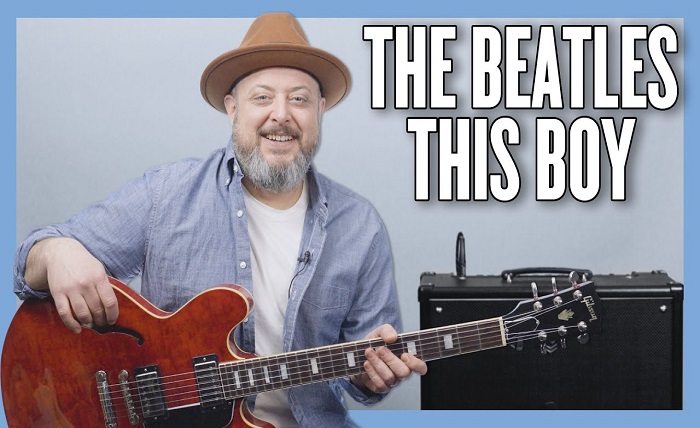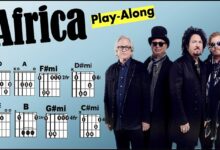How to Play This Boy by The Beatles Chord on Guitar

This Boy is a song by the English rock band The Beatles, written by John Lennon and Paul McCartney and released as the B-side of their 1963 single I Want to Hold Your Hand. It is a ballad that features three-part vocal harmony and a distinctive chord progression. In this article, we will show you how to play This Boy on guitar using chords, tabs, and video lessons.
Chords
The song is in the key of D major and uses the following chords: D, Bm, Em, A7, Dmaj7, Em7, D7, G, F#7, and E7. You can find the chord diagrams for these chords at E-Chords or Ultimate Guitar. Here are some tips on how to play them:
[Intro] D Dsus2 D D Bm Em A D Bm Em A [Verse 1] D Bm Em A D Bm That boy took my love away. Em A D Bm Though he'll regret it someday, Em A Em/D Bm Em A This boy wants you back a ga -- ain. [Verse 2] D Bm Em A7 D Bm That boy isn't good for you. Em A7 D Bm Though he may want you, too, Em A Em/D D D7 This boy wants you back a ga -- ain. [Chorus] D7 G F# Oh, and this boy would be happy Bm D D7 Just to love you, but oh my-y-y-y G E That boy won't be happy A 'Til he's seen you cry-y-y-oh [Verse] D Bm Em A D Bm This boy wouldn't mind the pain, Em A7 D Bm Would always feel the same, Em A Em/D Bm Em A 'Til this boy gets you back a ga -- ain. [Outro] D Bm Em A This boy D Bm Em A This boy (repeat and fade)
Tabs
If you prefer to learn by tabs, you can find them at Ultimate Guitar or Ultimate Guitar (ver 2). Here are some tips on how to read them:
- The tabs show you which frets to press on which strings using numbers. For example, 2 means press the second fret, 0 means leave the string open, and x means mute the string.
- The tabs are arranged from left to right in chronological order. Each line represents one measure or bar of music. Each measure has four beats or counts. Each beat or count has one or more notes or chords. For example, | D | Bm | Em | A7 | means play one D chord for one beat, one Bm chord for one beat, one Em chord for one beat, and one A7 chord for one beat in one measure.
- The tabs use symbols to indicate different techniques such as strumming patterns, slides, hammer-ons, pull-offs, bends, vibratos, and harmonics. For example, / means slide up, \ means slide down, h means hammer-on, p means pull-off, b means bend, r means release bend, v means vibrato, and ~ means harmonic. For example, 2h3 means hammer-on from the second fret to the third fret, and 3b4r3 means bend the third fret up to the fourth fret and then release it back to the third fret.
Video Lessons
If you want to see how to play This Boy on guitar in action, you can watch some video lessons on YouTube. Here are some links to some of them:
- This Boy – The Beatles – Guitar Lesson: This is a video lesson by JustinGuitar that teaches you how to play This Boy on guitar using chords and strumming patterns. He also explains the song structure and the chord progression.
- This Boy – The Beatles (Easy Ukulele Tutorial): This is a video lesson by TenThumbs Productions that teaches you how to play This Boy on ukulele using chords and strumming patterns. He also shows you how to play the vocal harmony parts on ukulele.
- This Boy – The Beatles (Fingerstyle Guitar Cover): This is a video by James Bartholomew that shows you how to play This Boy on guitar using fingerstyle technique. He also provides the tabs for his arrangement.
Conclusion
This Boy is a beautiful song by The Beatles that you can learn how to play on guitar using chords, tabs, and video lessons. It is a great song to practice your vocal harmony skills and your chord transitions. We hope this article helped you learn how to play This Boy on guitar. Have fun and keep practicing!





